The Motorist Guide to VEP [2025 edition]
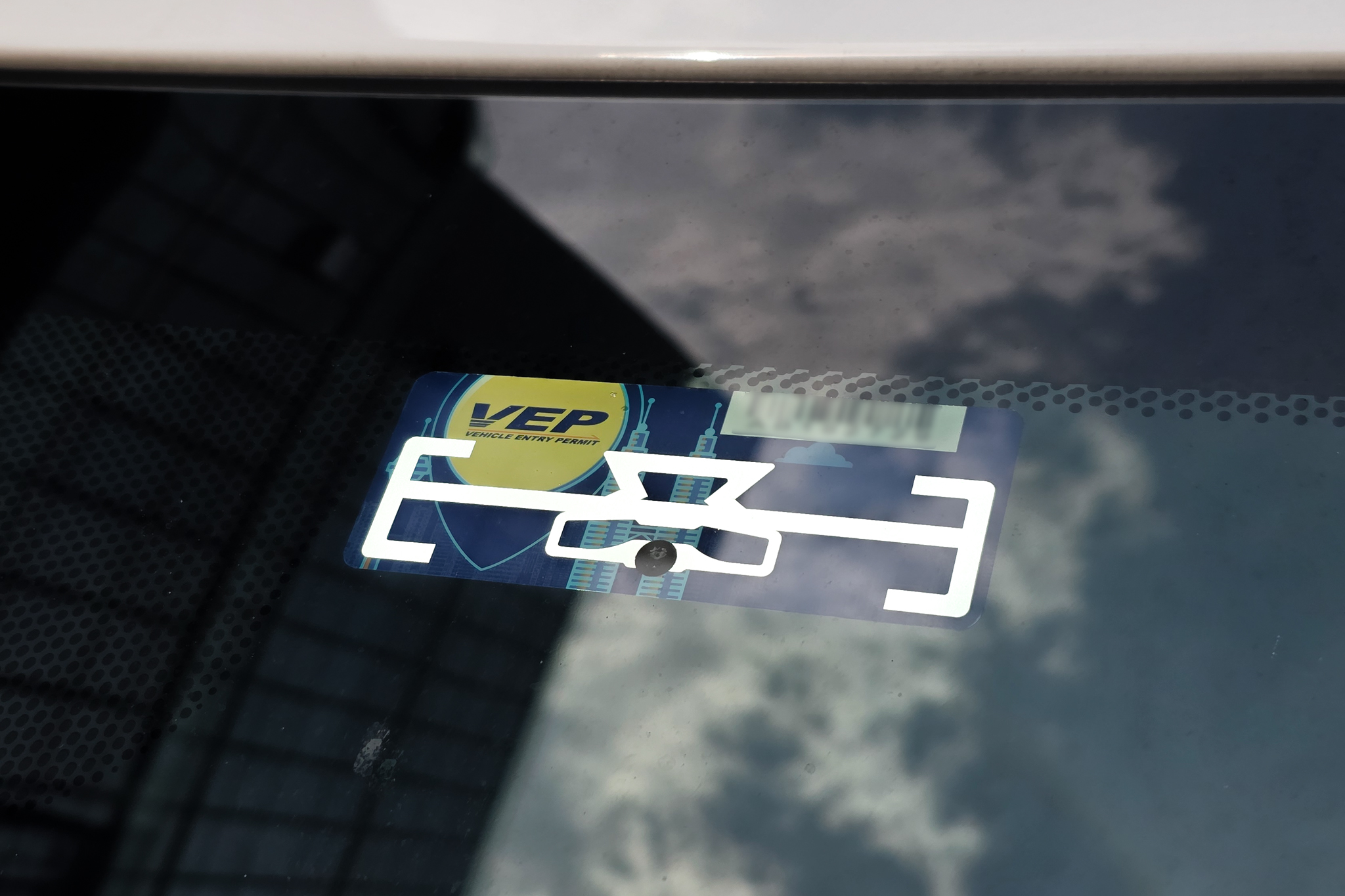
Singapore-registered vehicles driven into Malaysia are required to have a Vehicle Entry Permit (VEP) with RFID tag. Here is what you need to know about the VEP.
Driving from Singapore into Malaysia via the Causeway or Tuas Second Link to Johor now requires compliance with Malaysia’s Vehicle Entry Permit (VEP) rules to avoid a RM300 fine. Singapore-registered vehicles entering Malaysia by land must be registered under the VEP scheme and display a VEP RFID tag when crossing the border.
In this comprehensive guide, we explain what the VEP is, how to apply for it, what you need to do when driving into Malaysia, and how to avoid any trouble at the checkpoint. We’ll also cover Touch ‘n Go cards (needed for tolls and fees), VEP renewal, and the penalties for non-compliance.
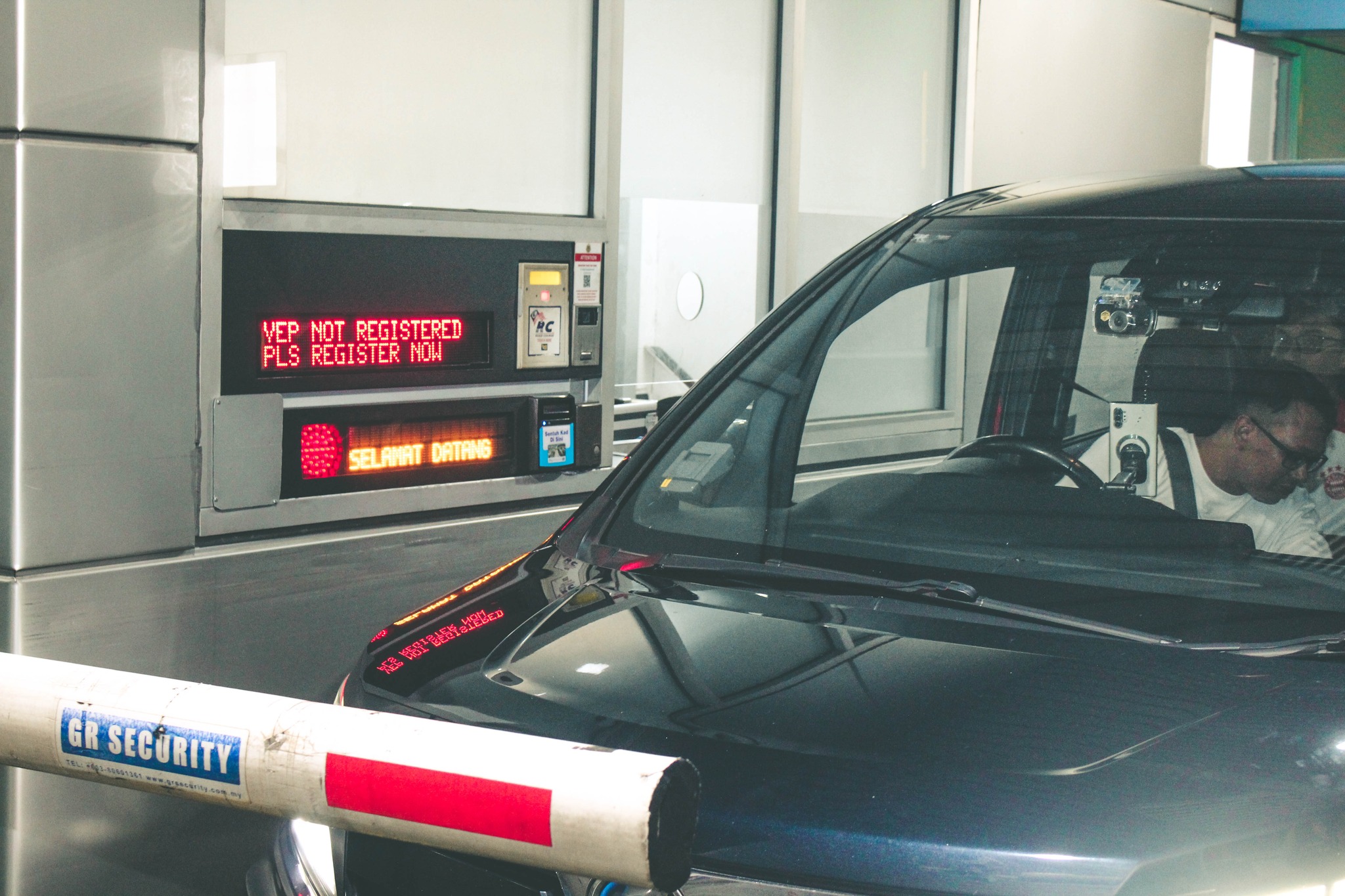
What is the Vehicle Entry Permit (VEP)?
The Vehicle Entry Permit (VEP) is a mandatory permit issued by Malaysia’s Road Transport Department (JPJ) for all foreign-registered vehicles entering Peninsular Malaysia, particularly those from Singapore.
The VEP comes in the form of a radio frequency identification (RFID) tag, which is a sticker that you affix to your vehicle. This tag contains a unique identification code for your vehicle and is non-transferable (it cannot be used for another vehicle).
The VEP system was introduced to regulate and monitor foreign vehicles entering Malaysia, especially at busy land borders like the Johor-Singapore crossings. It allows the Malaysian authorities to track vehicles for various purposes, such as to ensure road charges are paid, to enforce traffic summons, and to prevent motorists with unresolved violations from slipping back to their home countries by road.
Why do I need a VEP to drive into Malaysia?
First and foremost, it’s required by law - entering Malaysia without a valid VEP is an offence that can result in fines or even legal action. Beyond the legal requirement, the VEP serves practical purposes for Malaysian authorities and Malaysia's road users:
- The VEP helps Malaysia manage the heavy flow of vehicles from Singapore.
- The RFID tag lets authorities identify vehicles which have outstanding Malaysian traffic summonses.
- Malaysia imposes a Road Charge (RC) of RM20 on foreign private vehicles each time they enter from Singapore. The VEP system works in tandem with electronic payment systems (Touch ’n Go) to ensure this fee is collected
- The VEP tag provides a way to track stolen vehicles or prevent car theft across the border. Each tag is uniquely coded and tamper-proof, so it’s difficult to counterfeit or misuse.
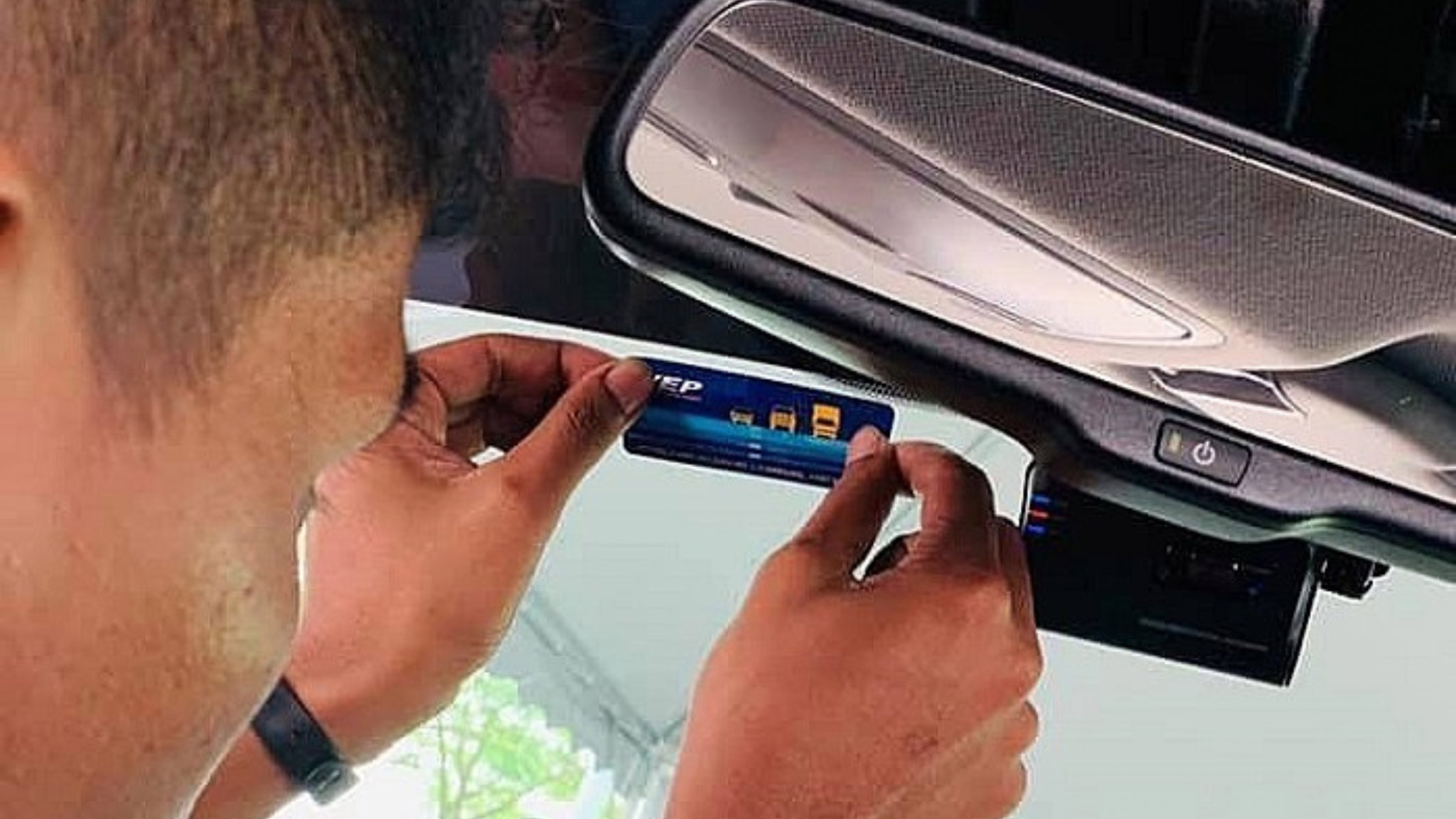
What you need in Singapore for a VEP application
Gather the necessary documents and ensure you meet the requirements. Here’s what you’ll typically need:
Before beginning the VEP application process, ensure you have these necessary documents:
- JPJ VEP portal account: The VEP application is done online, and you will need an account on the official JPJ VEP portal.
- Vehicle documents: Your vehicle's LTA log card, including information about its certificate of entitlement (COE).
- Vehicle insurance certificate: A copy of your motor insurance policy/cover.
- Identification document: NRIC for Singaporeans and permanent residents (PRs); a passport copy for foreigners driving a Singapore-registered vehicle.
- Touch 'n Go account: The RFID tag will be associated with your Touch ‘n Go (TnG) eWallet for payments.
- Valid Singapore road tax.
You can find a good chunk of these details through your vehicle log card on OneMotoring. Here's our guide on how to extract that info.
Additionally, for drivers who do not wish to login to OneMotoring using their SingPass, our Motorist App is a useful alternative. You can view any pre-saved vehicle information you need on the super app itself. If your vehicle is registered under someone else, you will also be able to view any vehicle details you require on the Motorist App.
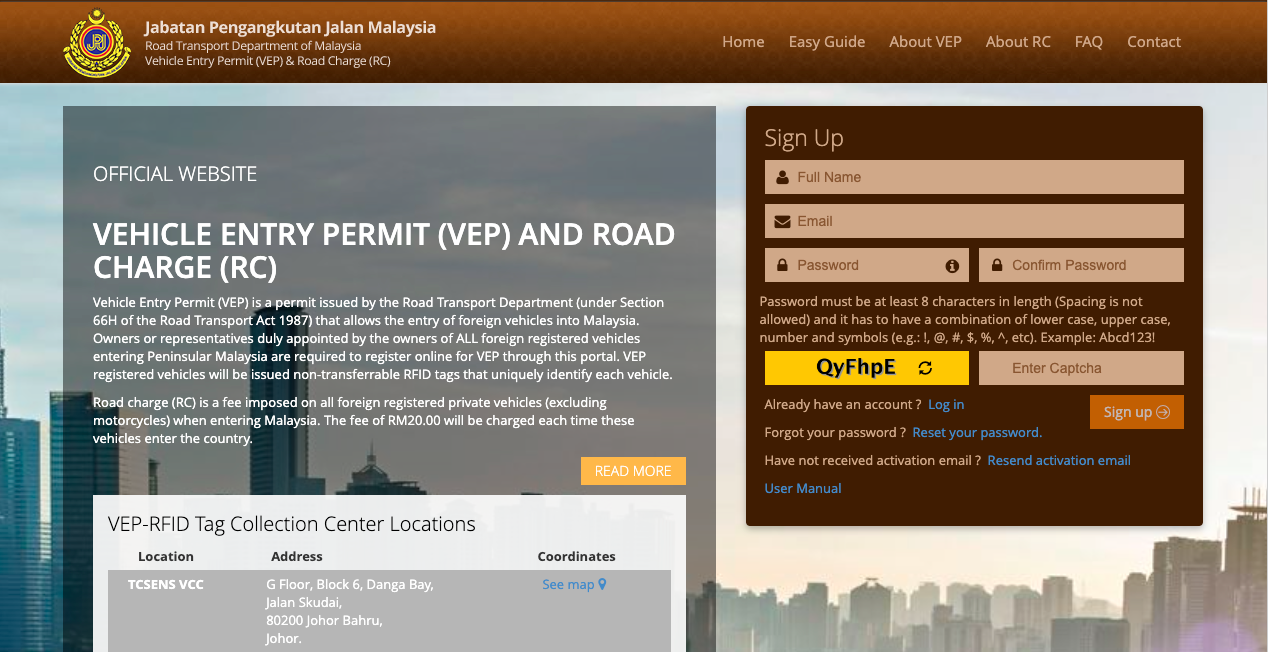
How to apply for a VEP online
Applying for a VEP is done online via the JPJ VEP portal. Below are the typical steps to complete the registration.
Visit the official Malaysia VEP portal at and sign up for a new account. You’ll need to create account credentials. Verify your email if prompted. Once registered, log in to the portal and start a new VEP application.
The online form will ask for personal particulars of the vehicle owner. These include name, identification number (NRIC or passport), contact information and address. Make sure this matches the information on your official documents.
Provide your vehicle’s particulars - registration plate number, make, model, and other identifying info. The portal might allow you to upload your LTA registration document (as a PDF) to automatically fill in these details. This can save time and reduce errors. Ensure the information is entered corrected and matches your log card data.
You will be prompted to upload digital copies (scans or clear photos) of:
- Your vehicle’s COE information or registration log card from LTA.
- The motor insurance certificate for the vehicle (showing it’s insured for use in Malaysia).
- Your ID document (NRIC front/back, or passport). Ensure each file meets the portal’s size and format requirements (usually PDF or image files). Submit these documents through the portal.
- Details of your Touch ’n Go eWallet account, since the system is cashless.
Review all your information, then submit the VEP application. You should receive an acknowledgment slip via email once submitted successfully. The JPJ will then process your application. Processing time can vary, but usually it may be approved within several days.
Once JPJ approves your documents and application, it will send a confirmation email indicating your VEP registration is approved. This email may contain a confirmation slip or reference number, and instructions to proceed with fee payment and tag collection.
If you don’t receive any email after waiting for a week, log back into the portal periodically to check your application status or for any notifications. VEP applicants can monitor the status of their application on vepams.jpj.gov.my.
At this stage, you have pre-registered for the VEP. However, you are not done yet - you still need to pay a fee and get the physical RFID tag to stick on your car.
 Paying the VEP fee and collecting your RFID tag
Paying the VEP fee and collecting your RFID tag
After your VEP application is approved, the final steps are to pay the VEP fee and obtain your RFID tag.
The VEP RFID tag costs RM10 (approximately S$3) for a five-year validity. This is a one-time processing fee. Note that there may be additional charges such as a service fee and (if applicable) courier delivery fee. The portal will show you the exact amount at payment checkout. Payment is done online via the VEP portal.
You have two options to get your RFID tag:
- You can have the tag mailed to your registered address (the one you provided in the application). If you select the courier option, you’ll pay the courier fee during the online payment. After payment, the tag will be shipped to you - delivery times can range from a couple of weeks to even longer during peak periods of high demand. Once the VEP RFID tag arrives, you can self-install it on your vehicle.
- You can collect the tag in person at a designated VEP collection centre. The main centre is operated by TCSens in Johor Bahru (e.g. Danga Bay), and there are other centres which may be set up during enforcement periods or operations. If you choose self-collection, you might be prompted to book an appointment slot online. Check the latest JPJ announcements or the portal for instructions. When collecting the VEP, bring your identification and the approval/confirmation email (digital or print) to verify your application.
If you collect in person, the staff will hand you the tag with instructions, and you can stick it yourself. For courier deliveries, you will get an instruction sheet. 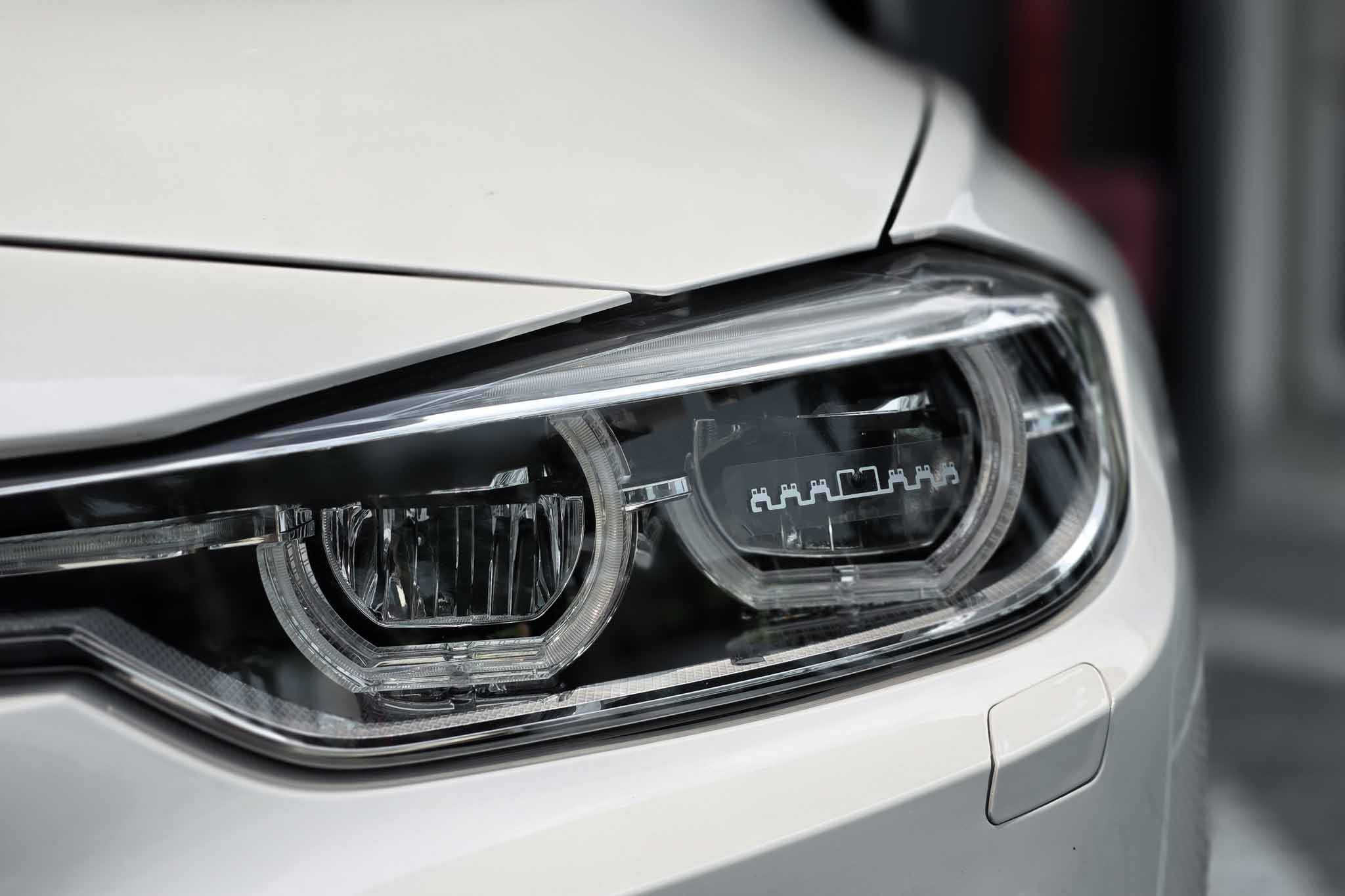
The VEP RFID tag is a self-adhesive sticker with a built-in chip and antenna. You should affix it either on the inside of your windscreen (driver’s side, top corner) or on the left headlamp cover of your car.
Make sure to paste it at least a few centimetres away from any metal frame or tint strip, as metal can interfere with the RFID signal. Clean and dry the surface before sticking the tag.
Once you peel the backing and apply the sticker, do not attempt to remove it, because the tamper-proof tags are designed to break upon peeling to prevent reuse or misuse. If you peel off the little gadget, it will no longer function and you’ll have to get a replacement tag.
Receiving the tag is not the final step. You must activate it online. Log in to the VEP portal after you have your tag. There will be an option to “acknowledge” or register your tag ID to confirm you’ve received and installed it.
Enter the RFID tag’s serial number (printed on the tag) into the portal and confirm it. This step links the physical tag’s code to your vehicle in the system and marks it as active.
If you skip this, the tag is considered inactive - in this case, even though you have VEP-tagged your car, the system might treat your vehicle as only pre-registered and not fully compliant. Activation is usually instant once you submit the tag details online.
After activation, congratulations - your vehicle now has a valid VEP! Keep the confirmation of activation (you might receive an email or see the status in the portal change to “Activated”).
VEP validity
Your VEP RFID tag is valid for five years from the day of activation. This means, from the moment it’s activated, it should work for the next 60 months.
The expiry date of your VEP tag is typically recorded in your VEP online account. When you log in to the VEP portal, you should see details of your registered vehicle(s), and there will be an expiry date for the tag.
As for VEP renewal, drivers are encouraged to renew six months before the expiry date.
If you sell or deregister your car, there is a process to deactivate or remove a vehicle from your VEP account via the official JPJ VEP portal.
This is important because if the new owner (or whoever ends up with the car) incurs fines in Malaysia, and you never updated the ownership, those issues could be traced back to your VEP account and you will be incurring said fines.
Additionally, if you retained a registration plate number on a different vehicle, new or used, undergo the same steps of deactivation and removal with your VEP account. In the case of a retained plate number, you will have to undergo the VEP application again after deactivating the original VEP.
JPJ’s official site and emails will guide you through VEP renewal when the time comes.
Penalties for VEP non-compliance
With effect from 1 July 2025, drivers of non-compliant foreign vehicles without VEP are subject to receiving compound fines.
If you drive up to Johor, for instance, and you have never registered for VEP at all (no application, no tag), you are committing an offence under the country's Road Transport Act. The on-the-spot penalty is a RM300 (about S$91) compound fine.
If you only did the online registration without properly installing or activating the tag, authorities will still consider your vehicle non-compliant. According to Malaysia’s Transport Minister, such cases also get a summons and are not allowed to exit Malaysia until the issue is resolved.
In practice, that likely means you’ll pay the RM300 summons on the spot and you will be directed to immediately get your VEP tag activated. Officers might escort you or instruct you to go to the VEP centre (which, during enforcement periods, may operate 24/7) to install/activate your tag before you can drive back to Singapore.
If you are fined (RM300) and you refuse or fail to pay it while in Malaysia, you will not be allowed to drive the vehicle back into Singapore.
You can pay the compound fine via cashless methods at the checkpoint or designated JPJ counters. They usually accept credit/debit card or an online payment mode (MyEG).
 Paid services for VEP
Paid services for VEP
If you are not confident about completing the VEP application process on your own, there are paid services offered by companies to help you get your VEP before you drive up.
Below are a few companies (at time of publication) which provide services for motorists to apply for VEP:
- First VEP Solution - New applications, rejected applications, pending/stuck applications, deregistration, RFID tag replacement.
- Fast VEP Services- New applications, deregistration, renewal.
- Radiant Solutions - New applications, RFID tag installation, deregistration, RFID tag replacement.
- Innox Group - New applications.
Check the checkpoints with Motorist before crossing
Have your VEP ready on your Singapore car and you're about to depart on your Malaysia driveaway? Our Motorist App allows you to check traffic status at the checkpoints via our dedicated Checkpoint cameras. Additionally, our AutoConcierge, Mel, is always ready to assist with questions related to checkpoint crossing and more!
 Touch ’n Go card: why you need it in addition to VEP
Touch ’n Go card: why you need it in addition to VEP
What is Touch ’n Go? It’s a stored-value smart card widely used in Malaysia for electronic payments, most notably for road tolls and Malaysia-side border fees. For anyone driving a foreign vehicle into Malaysia, a Touch ’n Go (TnG) card is essential.
This is why the TnG card is a must-have for travelling into Malaysia:
- The RM20 entry fee for foreign private vehicles can only be paid via Touch ’n Go at Malaysian land borders. There is no cash option. When you tap your card at the immigration toll gate, RM20 is deducted for each entry.
- Malaysia’s highways and expressways operate on a cashless toll system. The vast majority of toll booths accept only Touch ’n Go or the network's newer RFID system linked to Touch ’n Go eWallet.
- The TnG card works like Singapore’s CashCard or NETS FlashPay in concept. You top it up with a cash value and then each tap deducts the fee/fare. It’s also used for parking in some malls and paying for public transport in Kuala Lumpur, but for driving purposes your main concern is tolls and road charges.
If you don’t already have a Touch ’n Go card, you can buy one at Touch ’n Go sales counters, which are often found at highway rest stops, petrol stations in Johor, or at the Johor checkpoints (look for a kiosk or counter labelled "Touch ’n Go"). The card itself costs a small fee (around RM10) and usually comes with no value, so you must top up to start using it. Certain convenience stores in SG and some e-commerce sellers may also offer the card.
You can reload the TnG card at many places in Malaysia, including petrol station convenience stores, ATMs, 7-Eleven outlets, and dedicated TnG kiosks. At the Johor checkpoints, there are Touch ’n Go reload counters too. Do note that many reload counters do not accept foreign currency or credit cards, so carry some spare Malaysian ringgit to top up your TnG card.
What is the Touch ’n Go eWallet?
As mentioned, Malaysia's JPJ requires you to have a Touch ’n Go eWallet account as part of VEP registration. The eWallet account is linked to your VEP RFID tag.
One reason for this is that Malaysia is moving towards RFID-based toll payments - in fact, the VEP tag itself is a form of RFID. In the future, or even now in some cases, the VEP RFID tag could be used to trigger toll payments via your eWallet (similar to how Malaysian vehicles use RFID tags for highway tolls).
The eWallet also allows an optional feature called PayDirect, whereby you link your physical Touch ’n Go card to the eWallet app and any toll payments on that card will be deducted from your eWallet balance instead of the card’s stored value. Do note that foreigners may have limitations using the TnG eWallet - for example, full activation or adding funds via specific methods require a Malaysian phone number.
In summary, Touch ’n Go is your lifeline for payments when driving in Malaysia. The VEP itself doesn’t carry money or deduct money. It’s your TnG card (or linked eWallet) that handles the RM20 entry fee and all tolls.
Read More: Malaysia enforces RM300 fine for Singapore vehicles without VEP
Super App for
Vehicle Owners
Download the Motorist App now. Designed by drivers for drivers, this all-in-one app lets you receive the latest traffic updates, gives you access to live traffic cameras, and helps you manage LTA and vehicle matters.
Did you know we have a Motorist Telegram Channel? Created exclusively for drivers and car owners in Singapore, you can get instant info about our latest promotions, articles, tips & hacks, or simply chat with the Motorist Team and fellow drivers.
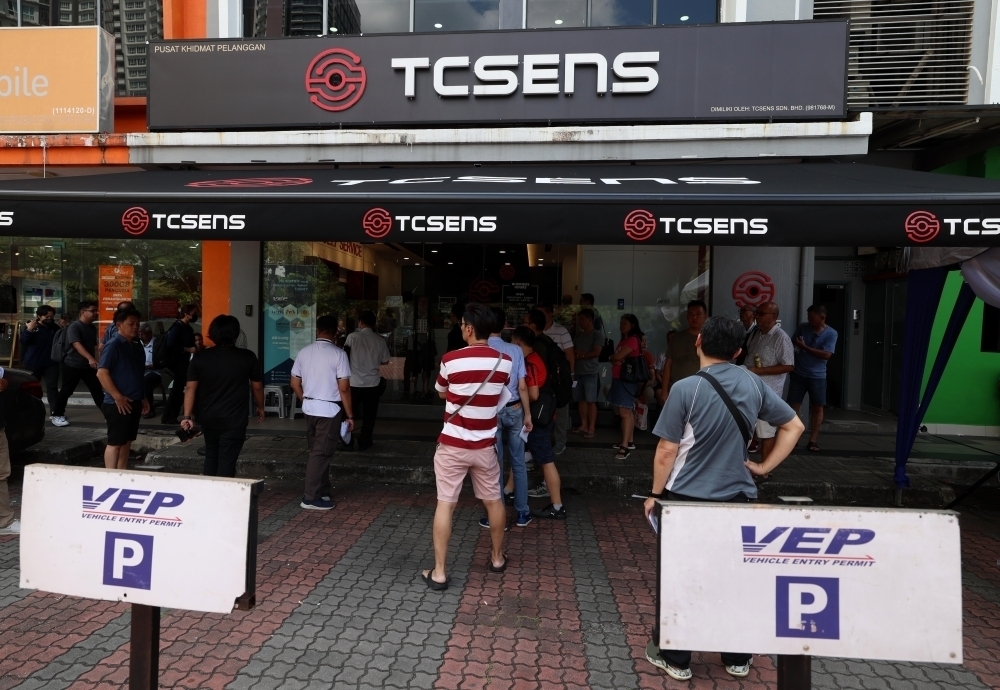 Paying the VEP fee and collecting your RFID tag
Paying the VEP fee and collecting your RFID tag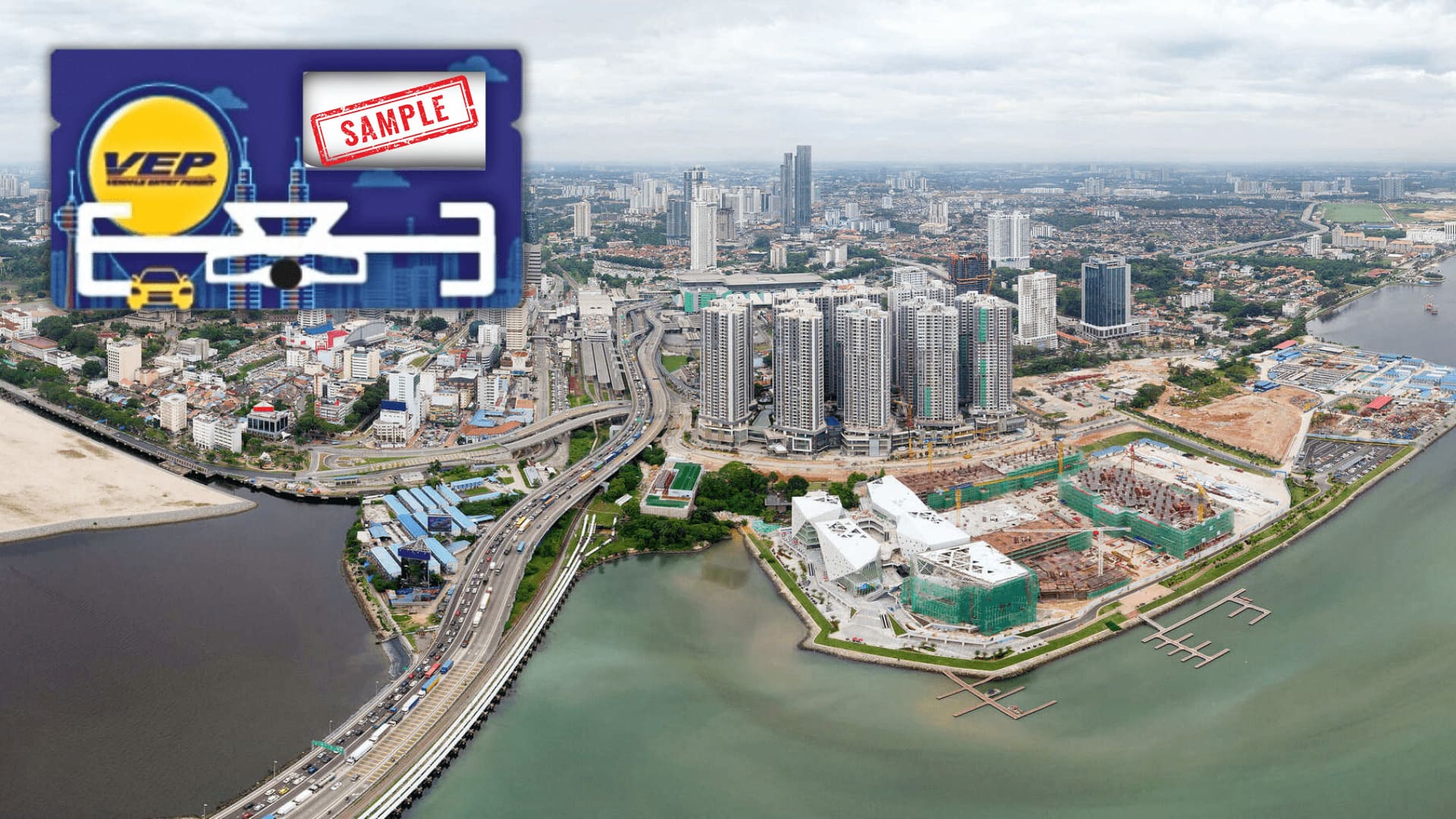 Paid services for VEP
Paid services for VEP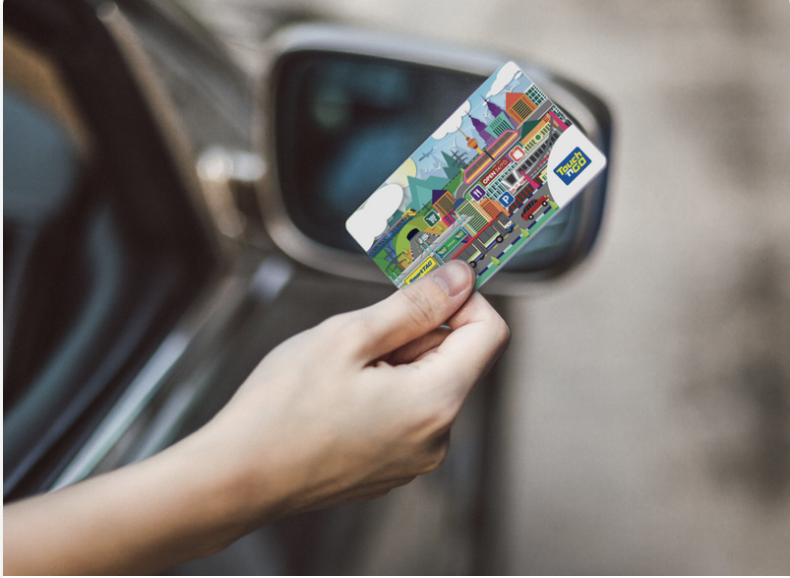 Touch ’n Go card: why you need it in addition to VEP
Touch ’n Go card: why you need it in addition to VEP
3 months ago
6 months ago